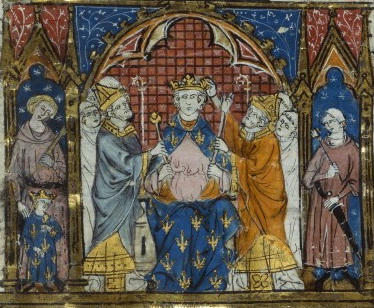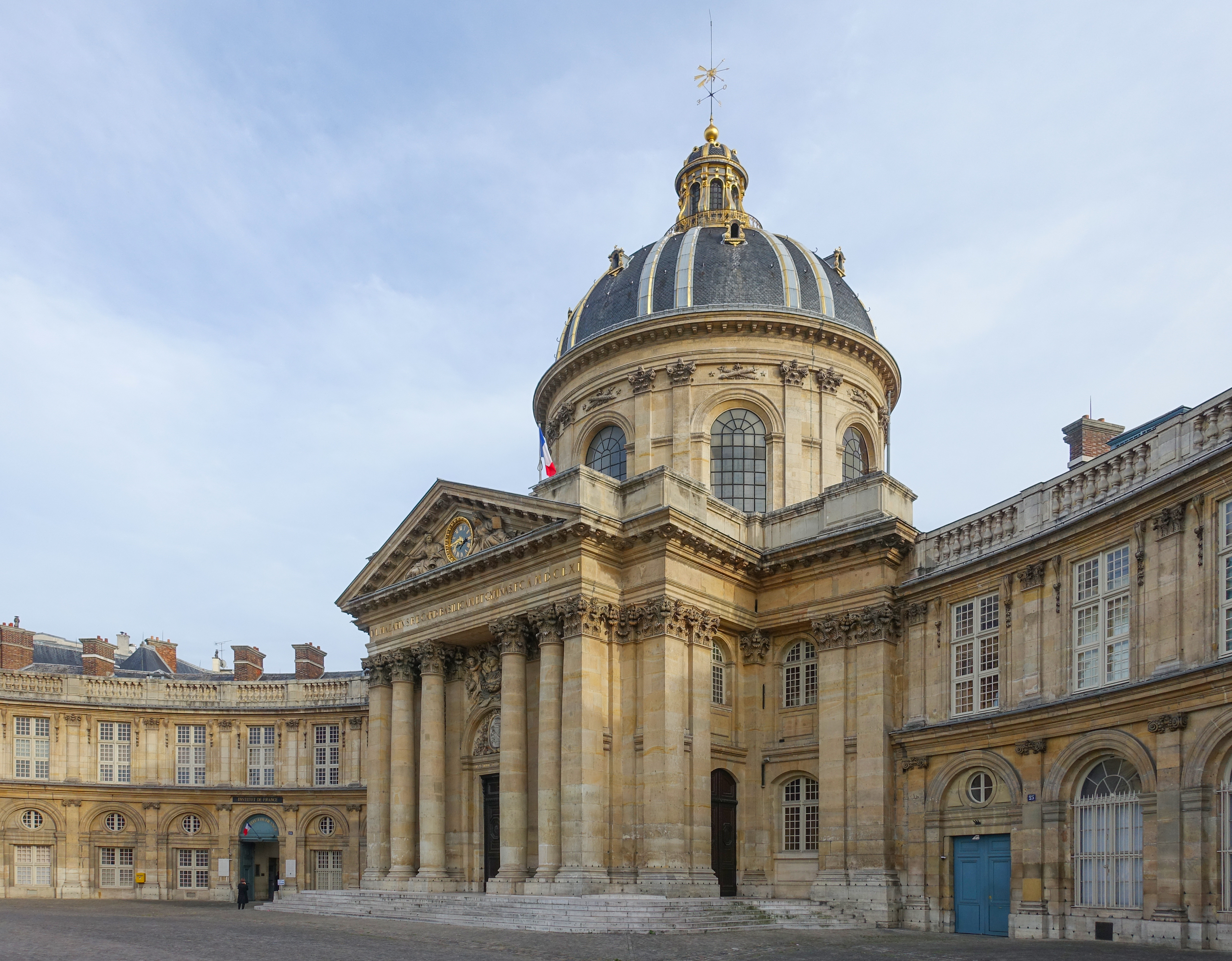|
Le Bugue
Le Bugue (; oc, Al Buga or ''Lo Buga'') is a commune in the Dordogne department in southwestern France. Geography Le Bugue is located on the banks of the river Vézère a few kilometres before the confluence of the Vézère with the Dordogne at Limeuil. Le Bugue is also on two national routes (Route Nationale 703 and Route Nationale 710). Le Bugue station has rail connections to Périgueux and Agen. History Le Bugue has been inhabited since prehistoric times. In 964 a Benedictine monastery was founded in Le Bugue under the name of Saint Marcel and Saint Salvador. The monastery had disappeared by the late 19th century. Le Bugue enjoyed a period of prosperity until 1154, when the province of Périgord came under English control. Le Bugue was often disputed between British troops and those of the King of France, and therefore suffered greatly. One of the most important dates in the history of Le Bugue is November 1319, when the King of France, Philippe Le Long, ordered by deed ... [...More Info...] [...Related Items...] OR: [Wikipedia] [Google] [Baidu] |
Communes Of France
The () is a level of administrative division in the French Republic. French are analogous to civil townships and incorporated municipalities in the United States and Canada, ' in Germany, ' in Italy, or ' in Spain. The United Kingdom's equivalent are civil parishes, although some areas, particularly urban areas, are unparished. are based on historical geographic communities or villages and are vested with significant powers to manage the populations and land of the geographic area covered. The are the fourth-level administrative divisions of France. vary widely in size and area, from large sprawling cities with millions of inhabitants like Paris, to small hamlets with only a handful of inhabitants. typically are based on pre-existing villages and facilitate local governance. All have names, but not all named geographic areas or groups of people residing together are ( or ), the difference residing in the lack of administrative powers. Except for the municipal arr ... [...More Info...] [...Related Items...] OR: [Wikipedia] [Google] [Baidu] |
Philip V Of France
Philip V (c. 1293 – 3 January 1322), known as the Tall (french: Philippe le Long), was King of France and Navarre (as Philip II) from 1316 to 1322. Philip was the second son of King Philip IV of France and Queen Joan I of Navarre. He was granted an appanage, the County of Poitiers, while his elder brother, Louis X, inherited the French and Navarrese thrones. When Louis died in 1316, he left a daughter and a pregnant wife, Clementia of Hungary. Philip the Tall successfully claimed the regency. Queen Clementia gave birth to a boy, who was proclaimed king as John I, but the infant king lived only for five days. At the death of his nephew, Philip immediately had himself crowned at Reims. However, his legitimacy was challenged by the party of Louis X's daughter Joan. Philip V successfully contested her claims for a number of reasons, including her youth, doubts regarding her paternity (her mother was involved in the Tour de Nesle Affair), and the Estates General's determinati ... [...More Info...] [...Related Items...] OR: [Wikipedia] [Google] [Baidu] |
Jean Kerebel
Jean-Baptiste Kerebel (2 April 1918, in Paris – 9 March 2010) was a French track and field athlete who mainly competed in the 400 metres. He competed for France at the 1948 Summer Olympics held in London, Great Britain, where he won the silver medal in the men's 4 x 400 metre relay with his teammates François Schewetta, Robert Chef d’Hotel and Jacques Lunis Jacques Lunis (27 May 1923 – 2 November 2008) was a French athlete who competed mainly in the 400 metres. He competed for a France in the 1948 Summer Olympics held in London, Great Britain in the 4 x 400 metre relay where he won the s .... ReferencesJean Kerebel's profile at Sports Reference.com [...More Info...] [...Related Items...] OR: [Wikipedia] [Google] [Baidu] |
Communes Of The Dordogne Department
The following is a list of the 503 communes of the Dordogne department of France. The communes cooperate in the following intercommunalities (as of 2020):BANATIC Périmètre des EPCI à fiscalité propre. Accessed 3 July 2020. * *Communauté d'agglomération Le Grand Périgueux * Communauté de communes des Bas ... [...More Info...] [...Related Items...] OR: [Wikipedia] [Google] [Baidu] |
Antoine Lavoisier
Antoine-Laurent de Lavoisier ( , ; ; 26 August 17438 May 1794), CNRS ( Centre National de la Recherche Scientifique) also Antoine Lavoisier after the , was a and who was central to the 18th-century [...More Info...] [...Related Items...] OR: [Wikipedia] [Google] [Baidu] |
Law Of Conservation Of Mass
In physics and chemistry, the law of conservation of mass or principle of mass conservation states that for any system closed to all transfers of matter and energy, the mass of the system must remain constant over time, as the system's mass cannot change, so quantity can neither be added nor be removed. Therefore, the quantity of mass is conserved over time. The law implies that mass can neither be created nor destroyed, although it may be rearranged in space, or the entities associated with it may be changed in form. For example, in chemical reactions, the mass of the chemical components before the reaction is equal to the mass of the components after the reaction. Thus, during any chemical reaction and low-energy thermodynamic processes in an isolated system, the total mass of the reactants, or starting materials, must be equal to the mass of the products. The concept of mass conservation is widely used in many fields such as chemistry, mechanics, and fluid dynamics. Histor ... [...More Info...] [...Related Items...] OR: [Wikipedia] [Google] [Baidu] |
Jean Rey (physician)
Jean Rey (c. 1583 – c. 1645) or (''in English'') John Rey was a French physician and chemist. Born in Le Bugue, in the Périgord (Dordogne ''département''), he studied medicine at the University of Montpellier. He practised medicine in his native town and corresponded with Descartes and Mersenne. He discovered that the weight of lead and tin increases when they are calcinated, and attributed this phenomenon to the weight of air, which he believed to become denser when heated (''Essays'', 1630). He explained the greater weight of calcinated lead and tin by supposing that calcination involves the incorporation of air in the metal. This hypothesis would later be confirmed by Lavoisier, over a century later in 1789. His discovery of the weight of air also made possible the invention of the barometer by Torricelli in 1643. He also developed a device called a "Thermoscope", a precursor of the thermometer A thermometer is a device that measures temperature or a temperature g ... [...More Info...] [...Related Items...] OR: [Wikipedia] [Google] [Baidu] |
Agen
The commune of Agen (, ; ) is the prefecture of the Lot-et-Garonne department in Nouvelle-Aquitaine, southwestern France. It lies on the river Garonne southeast of Bordeaux. Geography The city of Agen lies in the southwestern department of Lot-et-Garonne in the Aquitaine region. The city centre lies on the east bank of the river Garonne, the Canal de Garonne flows through the city, approximately halfway between Bordeaux and Toulouse . Climate Agen features an oceanic climate (Cfb), in the Köppen climate classification. Winters are mild and feature cool to cold temperatures while summers are mild and warm. Rainfall is spread equally throughout the year; however, most sunshine hours are from March–September. Toponymy From Occitan ''Agen'' (1197), itself from Latin ''Aginnum'' (3rd century ''Itinéraire d'Antonin''), from a Celtic root ''agin-'' meaning "rock or height". Population Economy The town has a higher level of unemployment than the national average. Major e ... [...More Info...] [...Related Items...] OR: [Wikipedia] [Google] [Baidu] |
Périgueux
Périgueux (, ; oc, Peireguers or ) is a commune in the Dordogne department, in the administrative region of Nouvelle-Aquitaine, southwestern France. Périgueux is the prefecture of Dordogne, and the capital city of Périgord. It is also the seat of a Roman Catholic diocese. History The name ''Périgueux'' comes from Petrocorii, a Latinization of Celtic words meaning "the four tribes" – the Gallic people that held the area before the Roman conquest. Périgueux was their capital city. In 200 BC, the Petrocorii came from the north and settled at Périgueux and established an encampment at La Boissière. After the Roman invasion, they left this post and established themselves on the plain of L'Isle, and the town of Vesunna was created. This Roman city was eventually embellished with amenities such as temples, baths, amphitheatres, and a forum. At the end of the third century AD, the Roman city was surrounded by ramparts, and the town took the name of Civitas Petrocorio ... [...More Info...] [...Related Items...] OR: [Wikipedia] [Google] [Baidu] |
French Revolution
The French Revolution ( ) was a period of radical political and societal change in France that began with the Estates General of 1789 and ended with the formation of the French Consulate in November 1799. Many of its ideas are considered fundamental principles of liberal democracy, while phrases like '' liberté, égalité, fraternité'' reappeared in other revolts, such as the 1917 Russian Revolution, and inspired campaigns for the abolition of slavery and universal suffrage. The values and institutions it created dominate French politics to this day. Its causes are generally agreed to be a combination of social, political and economic factors, which the ''Ancien Régime'' proved unable to manage. In May 1789, widespread social distress led to the convocation of the Estates General, which was converted into a National Assembly in June. Continuing unrest culminated in the Storming of the Bastille on 14 July, which led to a series of radical measures by the Assemb ... [...More Info...] [...Related Items...] OR: [Wikipedia] [Google] [Baidu] |
Périgord
Périgord ( , ; ; oc, Peiregòrd / ) is a natural region and former province of France, which corresponds roughly to the current Dordogne department, now forming the northern part of the administrative region of Nouvelle-Aquitaine. It is divided into four areas called the Périgord Noir (Black), named so for the truffles that can be found there, the Périgord Blanc (White), for chalk cliffs and quarries, the Périgord Vert (Green), for forests and forestry and the Périgord Pourpre (Purple), for wine and viticulture . The geography and natural resources of Périgord make it a region rich in history and wildlife, and the newly created Parc Naturel Régional Périgord-Limousin aims to conserve it as such. Périgord is noted for its cuisine, especially its duck and goose products, such as '' confit de canard'' and ''foie gras''. It is known as a centre for truffles in France. Périgourdine wines include Bergerac (red and white) and Monbazillac. Geography Périgord surrounds ... [...More Info...] [...Related Items...] OR: [Wikipedia] [Google] [Baidu] |
Dordogne
Dordogne ( , or ; ; oc, Dordonha ) is a large rural department in Southwestern France, with its prefecture in Périgueux. Located in the Nouvelle-Aquitaine region roughly half-way between the Loire Valley and the Pyrenees, it is named after the river Dordogne, which runs through it. It corresponds roughly to the ancient county of Périgord. In January 2019, Dordogne had a population of 413,223. History The county of Périgord dates back to when the area was inhabited by the Gauls. It was originally home to four tribes. The name for "four tribes" in the Gaulish language was "Petrocore". The area eventually became known as the county of Le Périgord and its inhabitants became known as the Périgordins (or Périgourdins). There are four Périgords in thDordogne * The "Périgord Vert" (Green Périgord), with its main town of Nontron, consists of verdant valleys in a region crossed by many rivers and streams;. * The "Périgord Blanc" (White Périgord), situated around ... [...More Info...] [...Related Items...] OR: [Wikipedia] [Google] [Baidu] |






